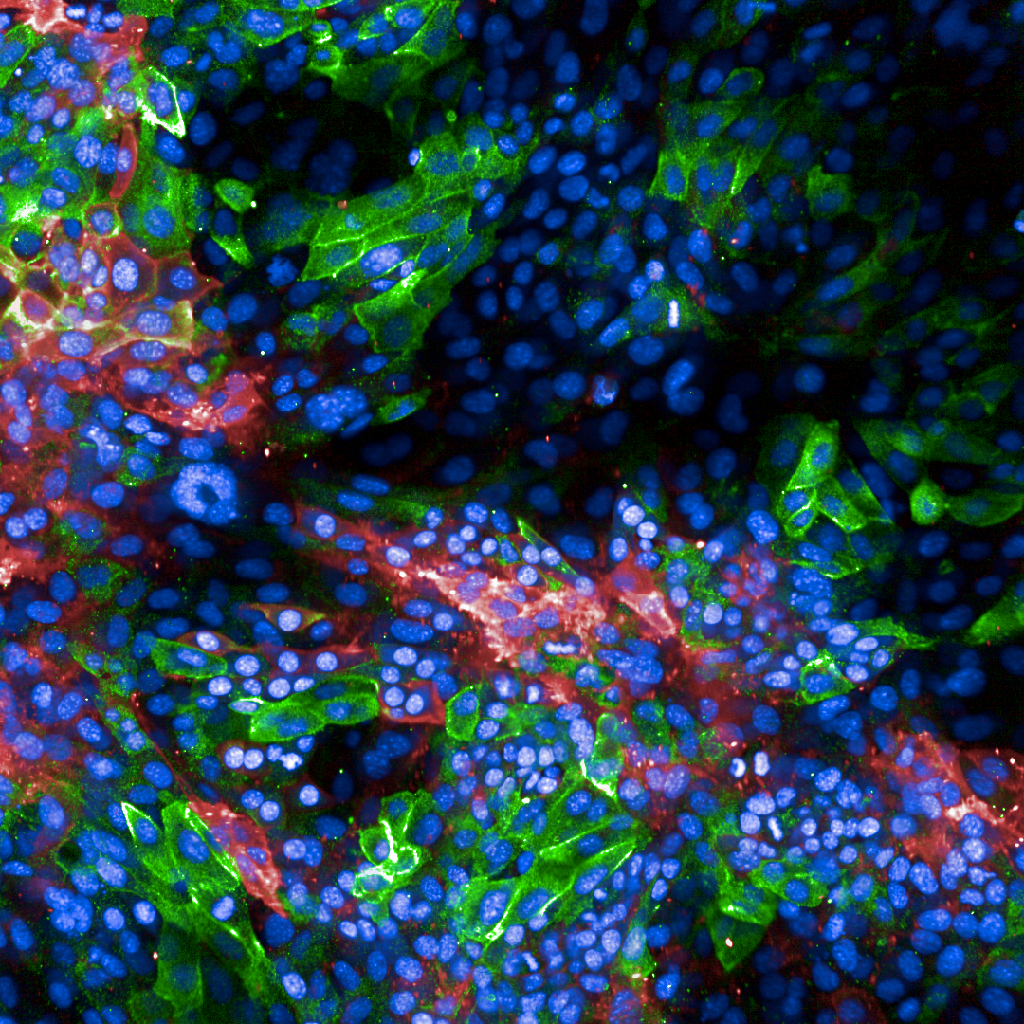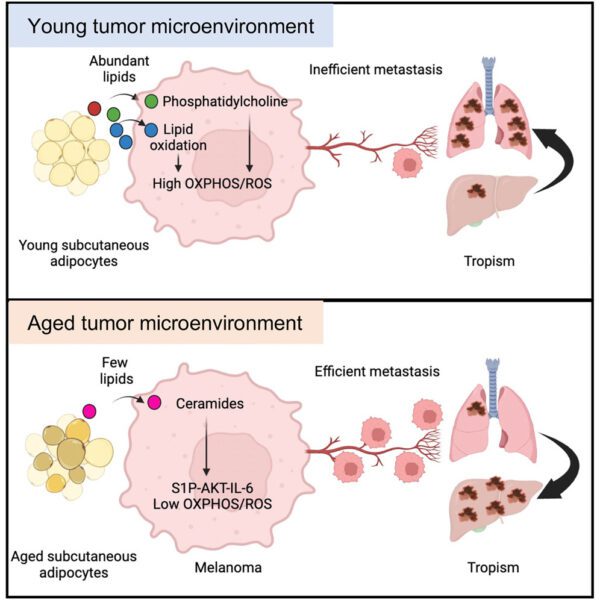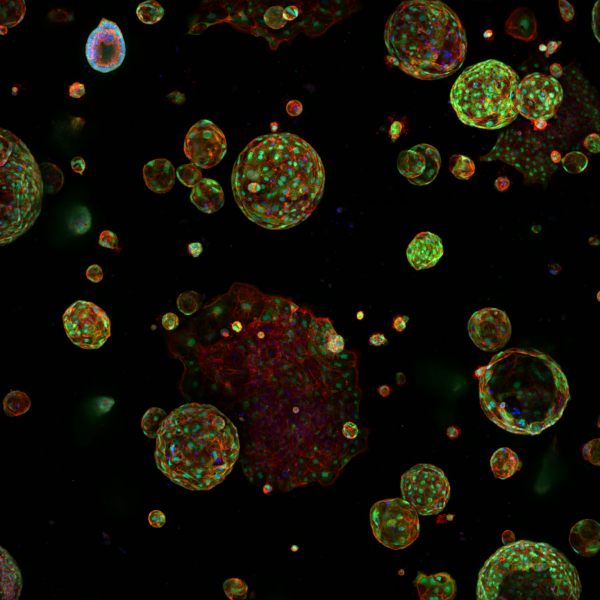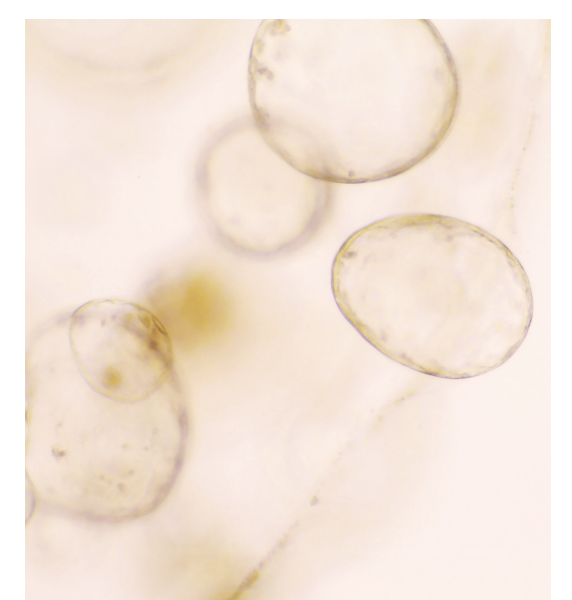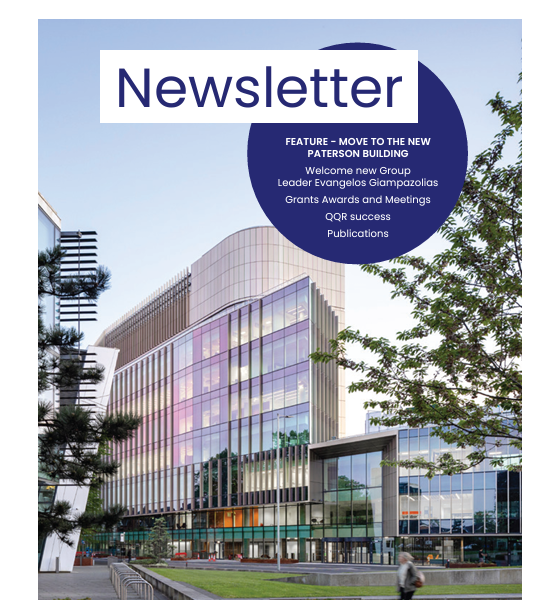Overview
Due to the abundant tumour microenvironment much emphasis has been given to mapping of signalling pathways by which tumour cells conscript host cells. Pre-clinical studies have further demonstrated that these pathways can be successfully targeted to improve therapeutic response. However, in some cases, therapeutic and genetic targeting of the microenvironment has resulted in accelerated disease progression rather than retardation. Collectedly, these results suggest that interactions between tumour and host can be tumour restrictive as well as tumour promoting, yet the molecular mechanisms governing these pro- and anti-tumour effects remain poorly defined.
We recently used single cell mass cytometry to annotate the microenvironmental composition in a commonly used murine model of PDA (pdx-1 Cre; KRasLSL-G12D/Wt; p53LSL-R172H/Wt; KPC), identifying two separate populations of cancer associated fibroblasts (CAFs) distinguished by the expression of CD105 (Endoglin). These two stromal subsets express CD105 in a noninterchangeable manner and respond differentially to most exogeneous signals tested, which suggests they may have distinct functional roles in the tumour microenvironment. Indeed, tumour cells co-implanted with CD105pos fibroblasts grew slightly faster than tumour cells implanted in isolation, suggesting a tumour permissive role of CD105pos fibroblasts. In contrast, co-implanted CD105neg fibroblasts restricted tumour growth and even induce overt rejection in some cases. This effect is dependent on functional immunity. Collectedly, these data demonstrate that tumour permissive and restrictive fibroblasts co-exist throughout PDA development.
CD105pos and CD105neg fibroblasts appear to be universally present across all tissues and have been identified in both normal healthy tissue as well as in tumour bearing tissue. Thus, given the tumour suppressive effect of CD105neg fibroblasts, emerging tumour cells would need to suppress their function to progress. We are currently exploring mechanisms by which CD105neg fibroblasts are regulated with the aim of targeting these pathways and activate anti-tumour effects of CD105neg fibroblasts.
